Technological Innovations
Technological advancements in sports equipment are reshaping the Sports Equipment Market. Innovations such as smart wearables, enhanced materials, and performance analytics tools are becoming increasingly prevalent. For instance, the integration of sensors in sports gear allows athletes to monitor their performance in real-time, which is likely to attract tech-savvy consumers. The market for smart sports equipment is expected to expand significantly, with projections indicating a growth rate of around 6% annually. This evolution in technology not only enhances user experience but also drives the Sports Equipment Market towards new heights.
Rising Health Consciousness
The increasing awareness of health and fitness among individuals appears to be a primary driver of the Sports Equipment Market. As more people prioritize physical well-being, the demand for various sports equipment, such as fitness trackers, gym gear, and outdoor sports items, is likely to rise. According to recent data, the fitness equipment segment alone is projected to grow at a compound annual growth rate of approximately 4.5% over the next five years. This trend indicates a shift towards a more active lifestyle, which could further stimulate the Sports Equipment Market as consumers seek products that enhance their physical activities and overall health.
Youth Participation in Sports
The growing participation of youth in sports activities is a notable factor influencing the Sports Equipment Market. With schools and communities increasingly promoting sports programs, there is a surge in demand for youth-oriented sports equipment. Reports suggest that youth sports participation has increased by nearly 20% in recent years, leading to a corresponding rise in the sales of equipment tailored for younger athletes. This trend not only boosts the Sports Equipment Market but also fosters a culture of fitness and competition among the younger generation, potentially ensuring sustained growth in the sector.
Growing Popularity of Outdoor Activities
The increasing popularity of outdoor activities is emerging as a significant driver for the Sports Equipment Market. As more individuals seek recreational activities such as hiking, cycling, and camping, the demand for related sports equipment is likely to surge. Recent surveys indicate that outdoor sports participation has risen by approximately 25% in recent years, reflecting a shift in consumer preferences towards nature-based activities. This trend not only enhances the visibility of the Sports Equipment Market but also encourages manufacturers to innovate and diversify their product offerings to cater to this expanding consumer base.
Increased Investment in Sports Infrastructure
The rise in investment in sports infrastructure is contributing positively to the Sports Equipment Market. Governments and private entities are allocating substantial funds to develop sports facilities, which in turn creates a demand for various sports equipment. Recent statistics indicate that investments in sports infrastructure have increased by over 15% in the last few years, leading to a corresponding rise in the need for equipment across multiple sports disciplines. This trend suggests that as facilities improve, the Sports Equipment Market will likely experience a boost in sales, driven by both amateur and professional athletes.



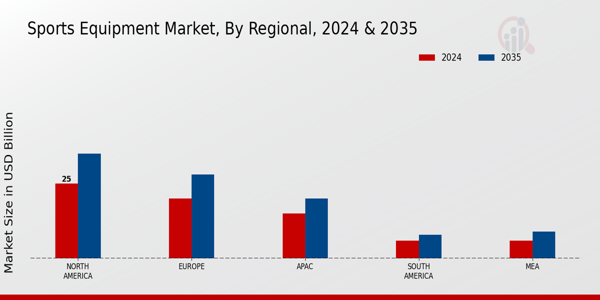
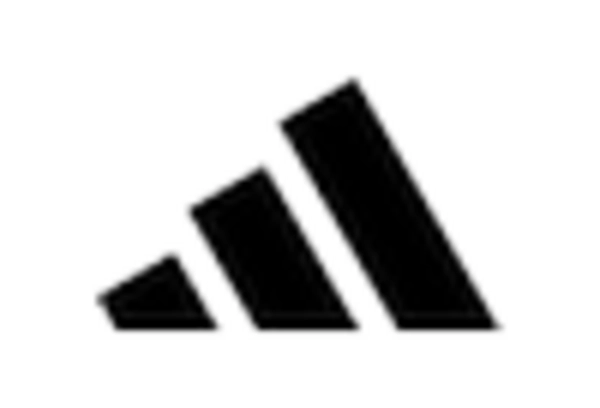
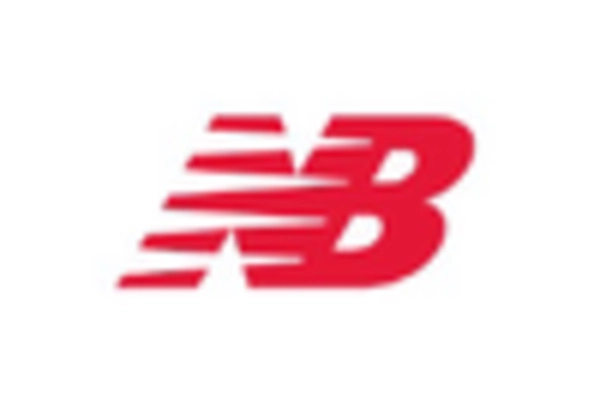
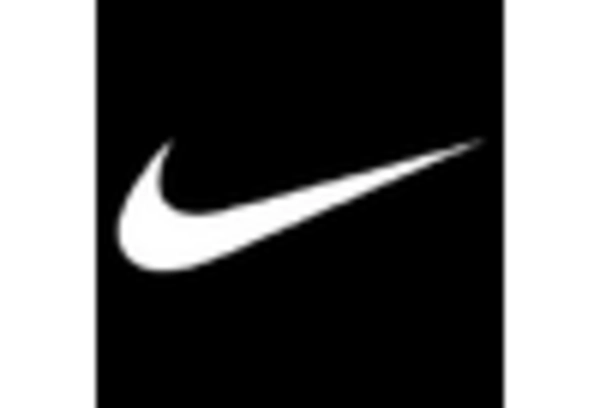
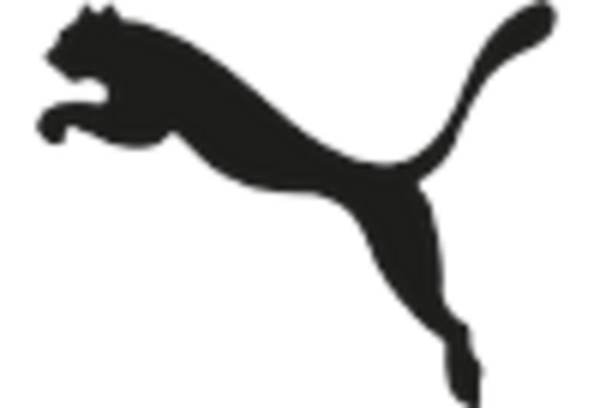










Leave a Comment